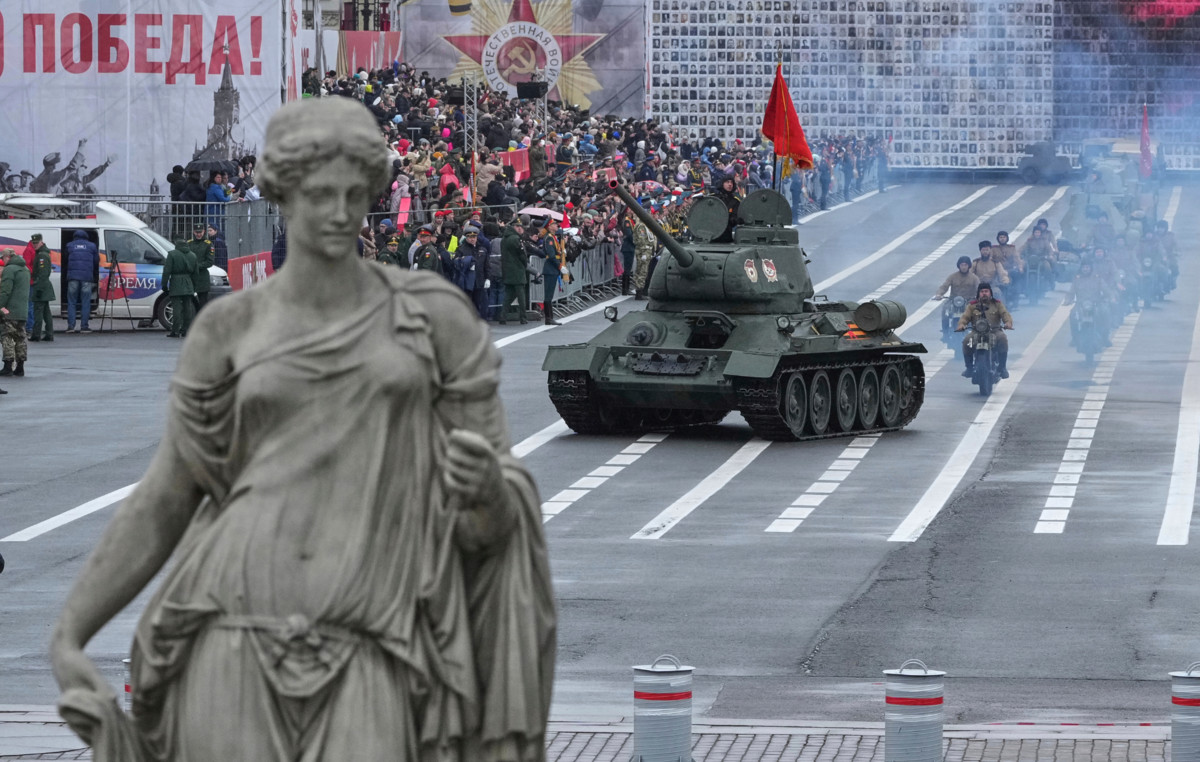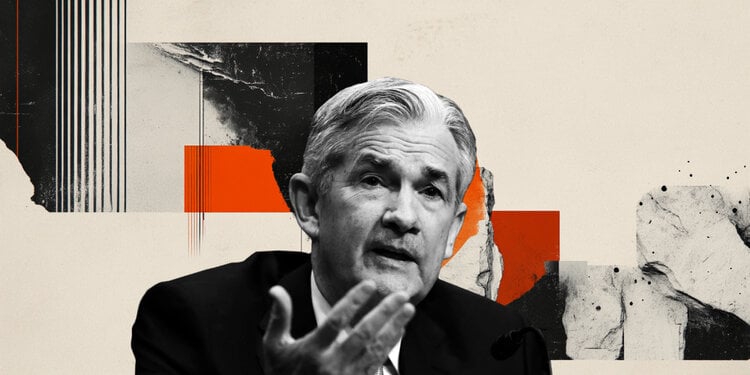On the first day of Brazil’s self-embargo on beef exports to China —one day after the announcement of the case of “mad cow” disease in an animal in Pará—, the price of live cattle in the state of São Paulo plummeted 10.7 % in relation to the value traded the previous day.
The data is from the CEPEA/B3 cattle price indicator that monitors the weighted average of spot prices in the São Paulo market. According to the historical series of this indicator, this is the lowest price recorded since November 2021.
Uncertainty about how long the stoppage of meat exports to China can last makes the industry, from the moment of suspicion of the case, stop the purchases, explains Leonardo Alencar, head of Agro, Food and Beverage at XP.

“At this moment, with the physical market practically stopped, we lose even the price reference for the live cattle arroba. What happened was that the futures market already priced a significant drop on Wednesday, expecting a drop in the face of export restrictions, which began on Thursday”.
The specialist also highlights the existence of a price reference for two types of cattle: common and fine. The latter has a higher premium, is younger, less than 30 months old, and is the type exported to China, he explains.
“So, there was already a category with higher prices. This category, precisely, will not be traded until exports to China return, and the entire physical market is paralyzed, which helps explain the significant drop. Remembering that we are in the harvest, so the supply of cattle is already greater, there is already pressure on prices, and we are in the livestock cycle of greater supply as well. All this favors a greater drop in the price of live cattle”, he says.
Recoil should not be felt in the pocket
Despite the significant retreat, the movement should not be felt by the final consumer, according to specialists.
“The price of beef drops for slaughterhouses and wholesalers, but retailers don’t keep up. This is because there is a delay that makes the meat sold not so volatile. Therefore, there may be a one-off promotion or another for meat on the market, but it is not something expected at this time”, says Lygia Pimentel, CEO of Agrifatto.
There is another factor that may cause the effect of a drop in the internal price not necessarily to occur.
This is because, in addition to the country having the possibility of redistributing the offer, the cattleman can choose to keep the cattle in the pasture a little longer, considering that winter has not yet arrived, according to Andre Braz, economist at the Getulio Vargas Foundation (FGV).
The managing partner of Athenagro Consultoria, Maurício Palma Nogueira, recalls that, in 2021, the fat cattle fell by almost 20%, but the meat for slaughterhouses had a smaller drop, around 5%. “For the consumer, the drop was even smaller, close to 1%,” he said. He added that, at the time, the sector ended up absorbing the drop in prices to try to recover margins after the hardest period of the Covid-19 pandemic.
*Published by Ligia Tuon / with information by Thais Herédia, Fernando Nakagawa and Fabrício Julião
Source: CNN Brasil
I am an experienced journalist, writer, and editor with a passion for finance and business news. I have been working in the journalism field for over 6 years, covering a variety of topics from finance to technology. As an author at World Stock Market, I specialize in finance business-related topics.







